Last Updated on September 7, 2023
One of the most striking changes in the ever-evolving landscape of dietary choices and health-conscious eating is the heightened consciousness about sugar intake. As people become more aware of the link between obesity, diabetes, and ill health, they seek healthier alternatives to sugary snacks. Many people have liked no-added-sugar jelly as one of these choices. This blog post will go into the no added sugar jelly world, discussing its history, benefits, and how it has become a distinct culinary option.
A Sweet Revolution: The Need for No Added Sugar
Obesity, diabetes, and other diet-related health issues have risen to the forefront due to the modern world’s fondness for sugar-laden foods. The food sector has been inspired to find novel solutions to these problems without sacrificing taste or consumer satisfaction. This is where no-added-sugar jelly comes in: a product that fulfills the sweet tooth while lowering the risk of health concerns associated with eating too much sugar.
The Science Behind the Sweetness
It takes more than just taking sugar out of the equation to make jelly that contains no added sugars. It calls for precision in proportions and an in-depth familiarity with the chemistry of sweetness. Natural sugar replacements, such as stevia, erythritol, and monk fruit extract, have emerged as significant participants since they deliver the same sweetness as sugar while containing fewer calories. These alternatives stimulate the tongue’s taste buds like sucrose does, giving the impression of sweetness without the resulting blood sugar surges.
The Culinary Craftsmanship
Making jelly without any additional sugar is a challenging process. It calls for complete concentration, a refined palate, and familiarity with the characteristics of each ingredient. Typically, the procedure begins with hand-picking premium, perfectly ripe fruits brimming with sugar. The jelly’s primary flavor and consistency come from these fruits. The next step is to pick a natural sugar alternative that goes well with the fruit.
The key to the jelly’s distinctive consistency is pectin, a natural fruit carbohydrate. It’s a gelling agent. Therefore, it helps the mixture solidify into jelly’s characteristic wobbling texture. When using a sugar substitute, how pectin reacts with the natural sugars in the fruit and the sugar substitute is critical to achieving the appropriate flavor and texture.
Flavor Symphony: Exploring Varieties
When it comes to flavor, no-added-sugar jelly is a blank slate just begging to be filled. The variety of flavors is as wide as the variety of fruits, from traditional favorites like strawberry and grape to more outlandish options like mango-pineapple or mixed berry. The absence of typical sugar allows for more freedom of expression in the kitchen, as evidenced by unusual flavor combinations like blueberry-lavender and raspberry-mint.
The Health Halo Effect
There is no sacrifice in taste due to the elimination of sugar. However, as the sweetness comes from the fruits themselves, the flavor profile of no-added-sugar jelly can be even more brilliant and strong. Health-conscious people who want to satisfy their sweet appetites without derailing their diet have helped propel the product’s meteoric popularity. Due to their decreased glycemic impact and lower calorie count, consumers view these jellies as a healthy option. This is known as the “health halo” effect.
Culinary Versatility: Beyond the Bread
Although no added sugar jelly over toast or peanut butter is a time-honored favorite, these jellies have expanded their culinary horizons beyond the breakfast table. They’re used in savory and sweet recipes alike now. Think of a vinaigrette with a burst of zesty mango-pineapple richness or a coating for roasted meats filled with the acidic sweetness of raspberry-chipotle jelly. There is no limit to how these jellies can be used in the kitchen.
What Are Some Common Natural Sweeteners Used In No Added Sugar Jelly?
Instead of refined sugar, no added sugar jelly uses a combination of many readily available natural sweeteners. Some instances are as follows:
Stevia
Stevia, a natural sweetener, is produced by extracting and processing the leaves of the Stevia rebaudiana plant. Sweetness is provided by steviol glycosides, which are naturally occurring chemicals. A modest bit of stevia can significantly alter the sweetness of a dish. It comes in granulated, powdered, and liquid forms.
Erythritol
Some fruits and fermented foods naturally contain erythritol, a sugar alcohol. It’s almost as sweet as sugar, yet it doesn’t raise blood sugar or add many calories. Because of its cooling effect, erythritol is frequently used with other sweeteners.
Monk Fruit Extract
The extract used to manufacture monk fruit juice is derived from the monk fruit, Luo Han Guo. Mogrosides are compounds that provide sweetness. Monk fruit extract contains no calories and has a mellow flavor similar to sugar. It’s a frequent method for sweetening foods and drinks.
Xylitol
The sugar alcohol xylitol is also widely used as a sugar substitute. Birch trees and corn cobs are common sources. Xylitol’s sweetness is comparable to sugar, making it a popular substitute in the kitchen. Moderation is the key because taking too much of it can cause laxative effects.
Agave Nectar
The agave plant produces nectar that is used as a sweetener. Its lower glycemic index affects blood sugar levels less quickly than sugar. The liquid form of agave nectar is the most common because of its mild, neutral flavor.
Fruit Juice Concentrates
Fruit juice concentrates are used in some recipes to sweeten no-added-sugar jelly. The fruit’s natural sugars are concentrated in these concentrates, manufactured by decreasing fruit fluids to a thicker consistency.
Apple Sauce or Puree
No-sugar-added jelly might get its sweetness from unsweetened applesauce or fruit puree. These fruit purees get their sweetness from the fruit itself.
Date Paste
Softened dates are blended with water to make a luscious, sticky date paste. It’s a great alternative to refined sugar and may be substituted in many dishes, including sugar-free jelly.
Conclusion
There has been a sea change in how we view sugar since the introduction of sugar-free jelly. It’s a tribute to our inventiveness and drive to enjoy life without sacrificing health. As the food world evolves, one thing is clear: no added sugar jelly has firmly established itself as a delicious and healthful treat that is here to stay. So the next time you enjoy a dab of colorful, fruity jelly on your morning toast or the subtle sweetness it adds to a gourmet dish, think of the revolution in food you are a part of.
 Travel for Food Hub The Food Blog for Travel Lovers
Travel for Food Hub The Food Blog for Travel Lovers

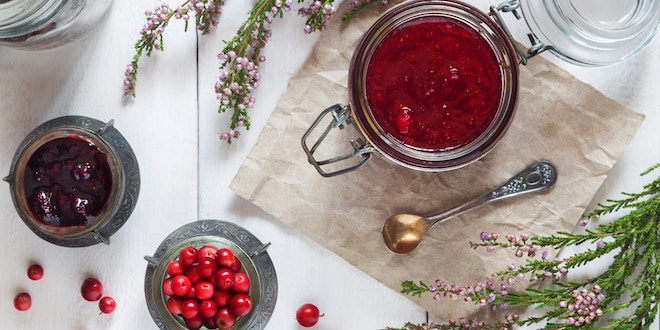




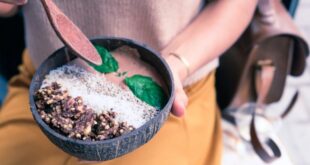



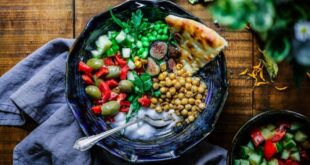
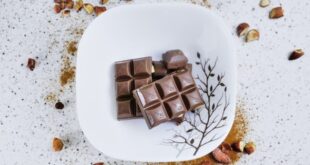
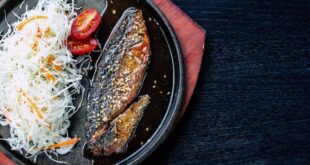




This is some good information about sugars and how we should not consume more and more sugar.
I too am trying to minimise my daily sugar intake. I also get to know that these natural sweeteners will enhance the taste and also will not shoot our sugar levels.